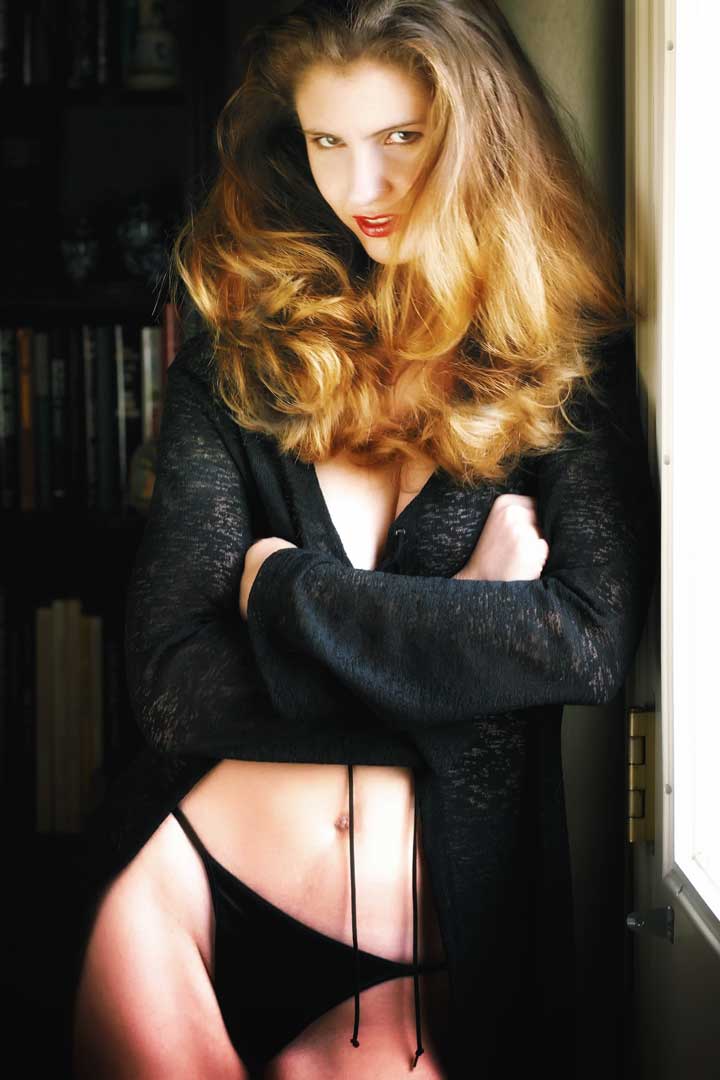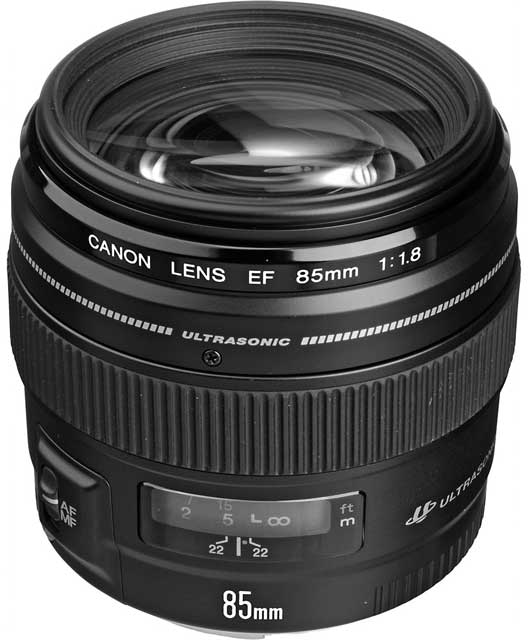Today’s Post by Joe Farace
The warm-up should gently prepare the body for exercises by gradually increasing the heart rate and circulation; this will loosen the joints and increase blood flow to the muscles. Stretching the muscles prepares them for physical activity and prevents injuries.—from Importance of Warming Up before Sport
 When I was a younger photographer I attended a workshop ostensibly to teach me about portrait posing and it went something like this:
When I was a younger photographer I attended a workshop ostensibly to teach me about portrait posing and it went something like this:
The presenter was a well-respected gentleman who was known for his classic portraiture and during the workshop he demonstrated how to pose a subject. He would put them in pose A, then move to pose B and finally Pose C. After a few minutes he asked me to show the group how to pose the model we were working with using his techniques and I didn’t remember a darn thing. I guess that his process contained too much detail for my brain to handle, so I won’t burden you with too much detail either.
If few portrait subjects are perfect, then no pose if perfect either. As you look at the images throughout this blog, you will see real-world examples of real people working toward a single goal, making the best possible portrait, whether traditional, boudoir or glamour. That typically means that some compromises are inevitable and any posing “rules” should really be considered suggestions because the art of posing combines reality with what the subject and photographer can physically accomplish on ant given day.
Tip: Before the shoot: Once a client is happy with their hair and makeup, it’s time to begin shooting but—and this is most important part—I like to give a client time to warm up.
 When working with clients who perhaps haven’t had a portrait made since high school, I don’t expect them to walk in front of a camera and move effortlessly from post to pose. So the first shots we make together are designed to have photographer and subject get into sync and during those first moments I encourage the subject to just pose any way that they want. Typically I don’t show them these images on the camera’s LCD screen but after a while, they’ll settle down and we can start with the real poses, until you produce a result you both like. If there is any secret to posing it’s that the subject must be comfortable in the pose. Contrary to what was emphasized in that workshop that I attended, the best portraits are made when the subject is relaxed.
When working with clients who perhaps haven’t had a portrait made since high school, I don’t expect them to walk in front of a camera and move effortlessly from post to pose. So the first shots we make together are designed to have photographer and subject get into sync and during those first moments I encourage the subject to just pose any way that they want. Typically I don’t show them these images on the camera’s LCD screen but after a while, they’ll settle down and we can start with the real poses, until you produce a result you both like. If there is any secret to posing it’s that the subject must be comfortable in the pose. Contrary to what was emphasized in that workshop that I attended, the best portraits are made when the subject is relaxed.
How I made this shot: The above portrait of Kim Goetz was made for the model’s portfolio and was shot in the dining room of my former home using available light coming through the window in the back door. A 32-inch 5-in-1 collapsible reflector is at camera left serving as fill. One of the first poses that I try as part of the warm up is the “folded arms” pose and because everyone does this differently, it’s a good place to start. The camera used was a Canon EOS 60D and an EF 85mm f/1.8 lens, one of the best deals—optically and buck-wise— there is for portrait and glamour shooters. It was shot with a exposure of 1/60 sec at f/5 and ISO 1000.
 If you enjoyed today’s blog post and would like to buy ($2.50) Joe a cup of tea, click here.
If you enjoyed today’s blog post and would like to buy ($2.50) Joe a cup of tea, click here.
The original title of my book Posing for Portrait and Glamour Photography was The ABC’s of Portrait Posing. One of the sections is all about using “folded arms” pose and I show a grid of nine different subject and each of them interpreted the pose—all differently. The book is available new from Amazon for $12.14, with used copies starting at $18.48 as I write this. The Kindle version is $11.53 for those who prefer a digital format.